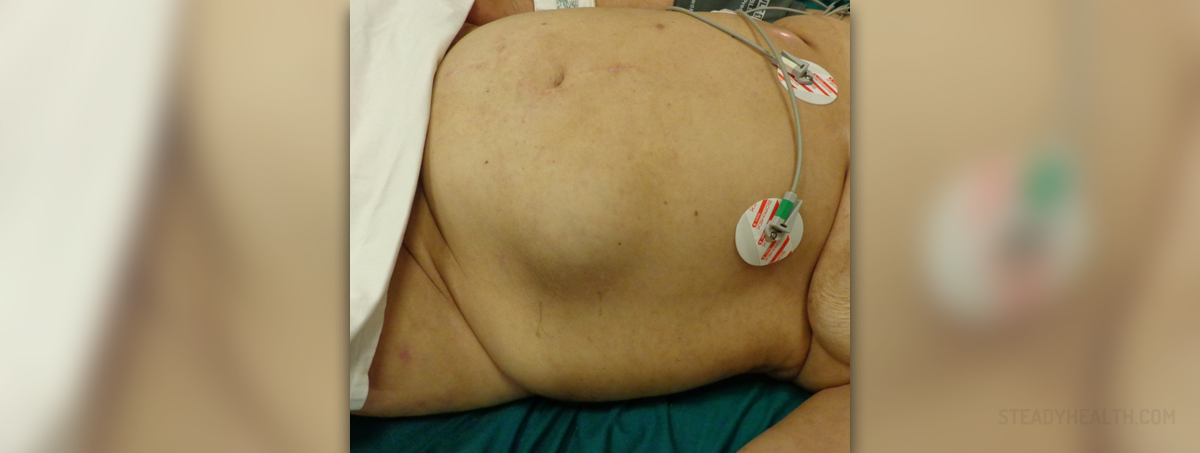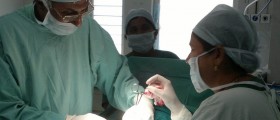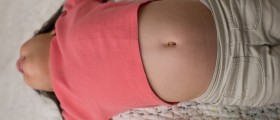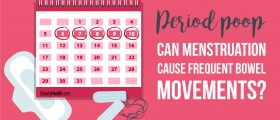
Hernia is an abnormal protrusion of an organ/ fascia through the tissues that form the wall of the cavity in which the particular organ is situated. It affects both genders and people of all ages. There are several types of hernia. They are classified according to the location of protrusion i.e. the spot where the organ protrudes from its original site.
Hernia develops as a consequence of muscle weakness and increased pressure inside the cavity that contains the bulging organ. Some hernias can be pushed back into the cavity and some cannot. The only way to treat hernia is surgery. During the surgical correction the bulging organ is placed back to its original location and the weakened muscles are stitched. If left untreated hernias carry a risk for many complications among which incarceration is the most serious one.
Symptoms of Hernia in Women
Symptoms and sign of hernia in women depend on the type of hernia. One of the most prominent signs of hernia in females is bulging/protrusion that can be noticed and palpated during physical examination. In case the doctor suspects hernia and it is not noticeable he/she will ask a patient to strain abdominal muscles and the hernia will become noticeable. Women usually report bulging during activities that increase intraabdominal pressure such as coughing, exercising, lifting object and straining.
Some women suffering from hernia may complain about pain. The pain varies in intensity and is caused by stretching of the tissues. Additional symptoms and signs of hernia in women are nausea, vomiting or constipation and there may also be urinary problems.
Types of Hernia in Women and Their Characteristics
Inguinal hernia may not cause any symptom at all especially if it is too small. Such hernias are discovered accidentally and only if they are large enough they may cause discomfort or pain in groin.
Umbilical hernia is generally not painful. It develops in the area of the umbilicus, hence the name. This hernia can increase in time and may cause volvulus of its content (small intestine).
Hiatus hernia develops when a part of the stomach pushes upward through the diaphragm and enters the chest cavity. Such hernia causes heartburn, regurgitation of the stomach content, irritation of the esophagus and nausea.
And finally, femoral hernia occurs in a form of lump found either in the groin area or lower part of the abdomen. It causes nausea, vomiting and constipation and women also complain about painful intercourse and urinary problems.

















Your thoughts on this
Loading...